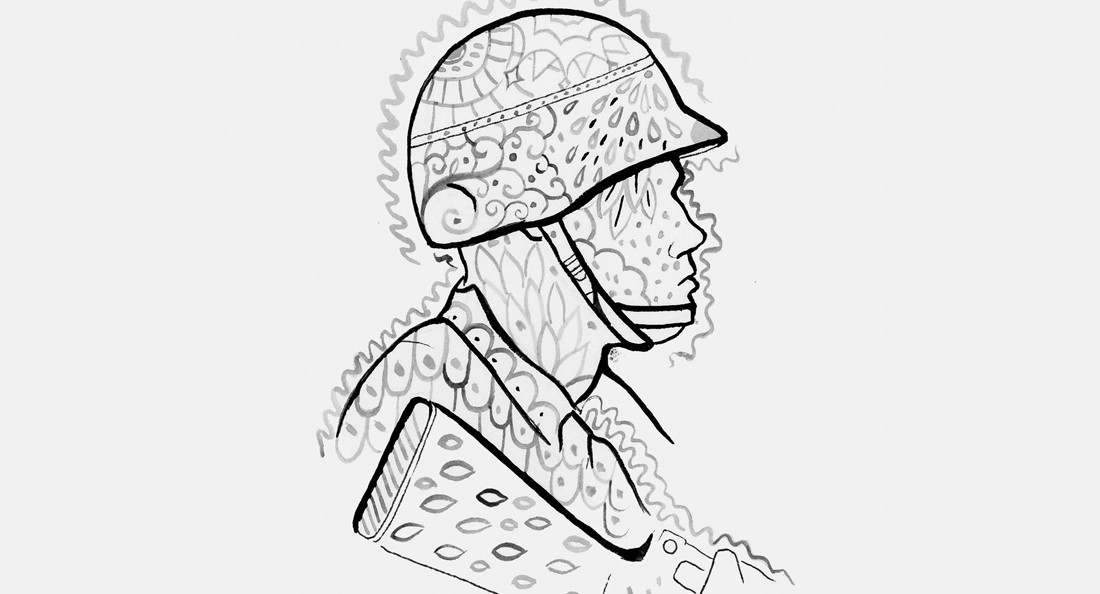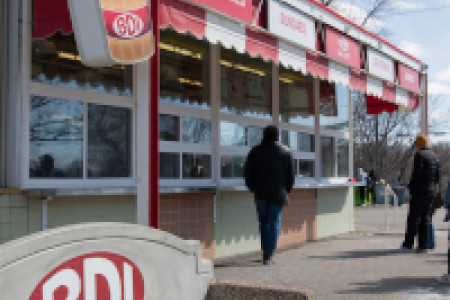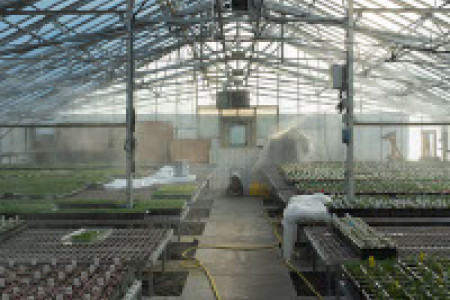Something to remember
A look at Canada’s peacekeeping history in light of a solemn anniversary
This Remembrance Day, Canadians across the country commemorated the 100th anniversary of the end of the First World War. Decades later, the losses felt by soldiers and their families are still fresh in our minds. But how is Canada’s military remembered today?
This fall, the Manitoba Museum is honouring those who gave their lives in its new exhibit In Flanders Fields, named after the famous poem written by Lieutenant-Colonel John McCrae. More than 15 million were dead at the end of The Great War, along with the excitement and naivety that accompanied it going in.
There was “an enthusiasm for war that (didn’t) come out the other end,” associate professor of history at the University of Winnipeg Jody Perrun says. “(It was the) supreme sacrifice.”
Canada entered the First World War as a relatively minor country, participating as a part of the British Empire, not on its own accord. It was a costly war, ending the lives of more than 60,000 Canadian soldiers in a war so complex that most didn’t even know what they were fighting for.
“We paid the price in blood,” Perrun says.” We were fighters before we were peacekeepers.”
While it is true that Canada has fought wars, several decades later, we also now have a reputation for peacekeeping, having worked on multiple fronts in Rwanda, Congo, Haiti and Somalia, to name a few.
“Peacekeeping missions, clear war goals and nation building has far outweighed naked aggression, conquest or revenge,” Dr. Roland Sawatzky, Curator of History at the Manitoba Museum, says. “The military has been well used and not terribly abused.”
But is that reputation really deserved? Although its current perception in society is mostly positive, Canada is not quite an innocent country focused solely on peacekeeping.
For example, during the Second World War, 24,000 innocent Canadians of Japanese and German descent were forcibly interned in work camps and taken away from everything they had ever known. And at the end of 2017, Canada only had 43 deployed peacekeepers, the lowest amount ever since 1956.
“Canada is not as ‘huggy-feely’ as we’re made out to be,” Perrun says. “We can’t sugar-coat our war contributions.”
It is true that Canada has seen its share of horrors, both globally and inside its own borders. Is progress being made?
Canada has made strides to rebuild our humanitarian image. The federal government apologized to Japanese Canadians for their mistreatment in 1988. From November 2015 to February 2016, Canada took in and resettled 25,000 Syrian refugees. But at the end of the day, there is still much to be done.
Although Canada has made strong peacekeeping efforts over the years, in 2018, it still falls short of its peacekeeping goals. This past summer, Canada sent a group of 12 peacekeepers to aid in the United Nations’ efforts in war-torn Mali. While this seems like progress, since Canadian efforts will mainly focus on evacuating other peacekeepers, it’s debatable if what they’re doing is an actual peacekeeping mission.
Canada is taking steps to become peacekeepers once more, however, its public image doesn’t match reality. There is an inconsistency that needs to be addressed in order for Canada to be a peacekeeping country again, and the sooner, the better.
The exhibit In Flanders Fields at the Manitoba Museum runs until Jan. 11, 2019.
Published in Volume 73, Number 10 of The Uniter (November 15, 2018)





